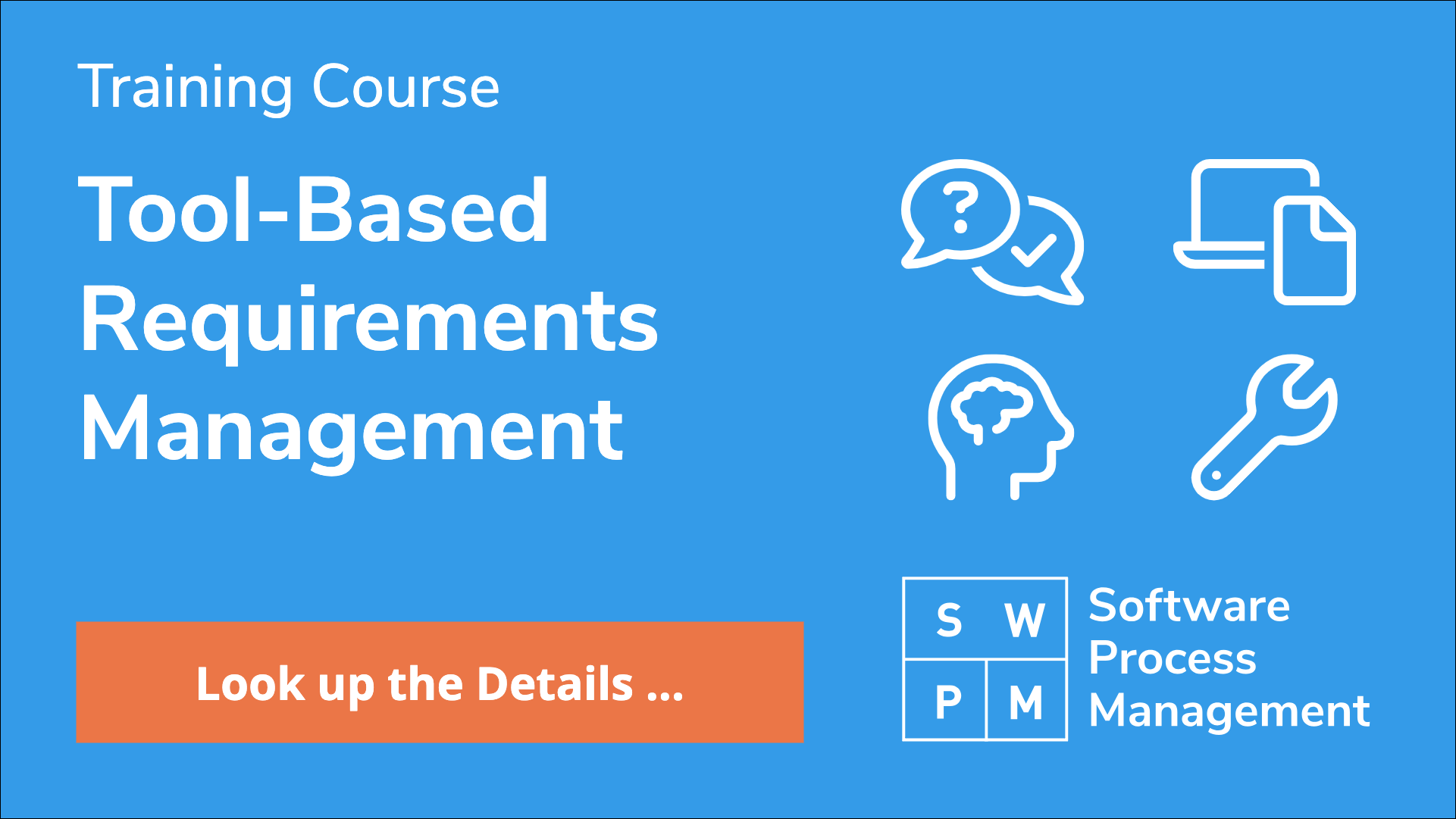Goal/Question/Metric (GQM) is an established and elaborated method for measurement in software engineering. I have been using it, and doing evaluation research and method development on it since the 1990-ies. It can be useful in particular for the following purposes:
- Systematically define measurement and reporting in software projects
- Consolidate existing “ad hoc” measurement
- Gain information needed for proces improvement and agile retrospectives
There have been reported many applications of GQM. Unfortunately, some involve misinterpretions of the method. For this reason, I propose in this article a few references and hints that can provide you with guidance and examples on how to apply GQM effectively.
GQM includes a data structure, the so-called GQM tree, that helps identifying and interpreting metrics for a given measurement goal. Specific types of questions clarify certain aspects of the measurement goal. Another data structure, the GQM Abstraction Sheet, facilitates handling of goal, questions and metrics.
Whenever I need metrics or reporting information about a piece of software or a software project, I find it highly useful to follow the GQM method in a pragmatic manner, to clarify what information exactly is required, how it can be obtained, and what needs to be considered when interpreting the data. Important GQM principles that provide guidance are:
- Use the GQM goal template to clarify what shall be found out, and to what target group the information shall be directed.
- Use only one or very few levels of Questions in order to keep the GQM tree concise.
- Use exactly one level of metrics. If metrics tend to become complex, ensure that their definitions are clear and precise.
- Focus on defining appropriate graphical representations of metrics information.
- Be aware that the metrics data is only the raw material of measurement. Most important is the interactive data interpretation together with the GQM goal’s target group. This collaborative data interpretation is guided by the previously defined GQM questions.
The following literature gives a good overview of GQM. The article by van Latum et al. illustrates practical GQM application. The book by van Solingen and Berghout gives rich additional practical advice. The articles by Basili, Caldiera, and Rombach can be regarded the original source of GQM, although the method goes back to earlier work by Basili and Weiss from the 1980-ies.
Frank van Latum, Rini van Solingen, Markku Oivo, Barbara Hoisl, Dieter Rombach, Günther Ruhe. Adopting GQM-Based Measurement in an Industrial Environment. IEEE Software, pp. 78-86, January/February, 1998. (http://www.computer.org/portal/web/csdl/doi/10.1109/52.646887)
Rini van Solingen, Egon Berghout. The Goal/Question/Metric Method. McGraw-Hill Education, 1999. (http://www.iteva.rug.nl/gqm/GQM%20Guide%20non%20printable.pdf)
Victor R. Basili, Gianluigi Caldiera and H. D. Rombach. The Goal Question Metric Approach. In Encyclopedia of Software Engineering (John J. Marciniak, Ed.), John Wiley & Sons, Inc., 1994, Vol. 1, pp.528–532.
V. R. Basili, G. Caldiera, and H. Dieter Rombach. The Goal Question Metric Approach. NASA GSFC Software Engineering Laboratory, 1994. (ftp://ftp.cs.umd.edu/pub/sel/papers/gqm.pdf)

